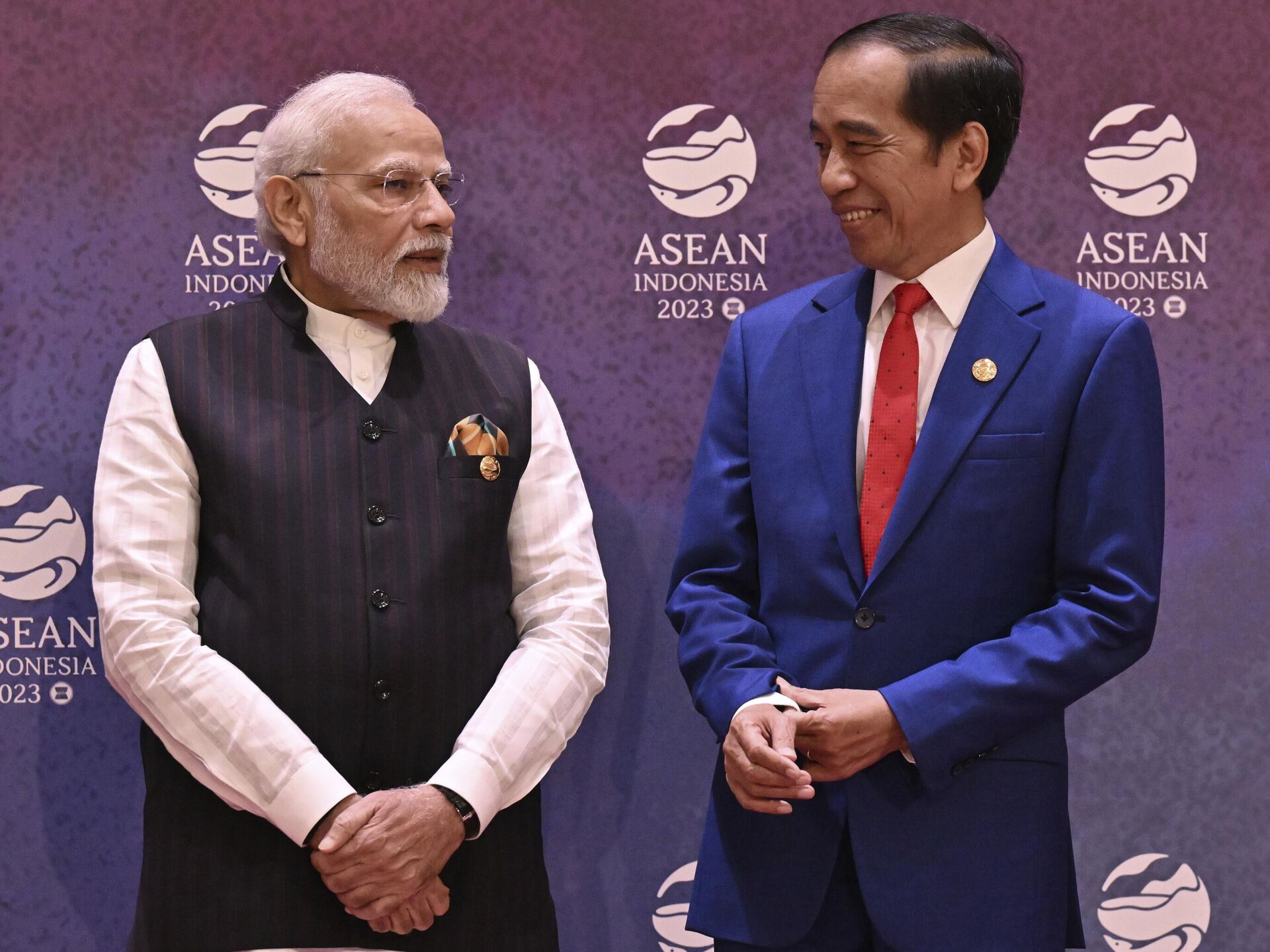1. Abstract
South Asia, a region celebrated for its diversity and home to over one and a half billion people, stands at a pivotal juncture. It envisions the creation of a common market, a unified economic space where nations collaborate, trade, and prosper together. While this vision promises economic potential, trade growth, investment, and poverty reduction, it also grapples with historical disputes, political rivalries, trade barriers, and infrastructure challenges. This paper presents a roadmap for South Asia to navigate the journey towards a common market. Policy recommendations include a gradual reduction of tariffs, the simplification of customs procedures, and the promotion of intra-regional trade agreements. Additionally, it advocates for regulatory convergence through standards harmonization and dispute resolution mechanisms. Infrastructure development, focusing on transportation, logistics, energy, and digital connectivity, is crucial. Finally, fostering political and geopolitical cooperation through multilateral dialogues, confidence-building measures, and regional security pacts is essential to ensuring the long-term stability and success of the common market.
2. Introduction:
South Asia, with its cultural diversity, vast geography, and economic significance, captivates policymakers, economists, and scholars. Home to over one and a half billion people, the region is marked by stark contrasts—abundant economic opportunities alongside historical conflicts and enduring challenges.
Addressing these complexities requires a comprehensive approach. Advocating for regulatory convergence, infrastructure development, and fostering political cooperation through multilateral dialogues and regional security pacts are key. This strategy not only tackles immediate economic concerns but also lays the foundation for a more integrated and resilient South Asia on the global stage.
3. South Asia: A Diverse Region in Transition:
South Asia is a vast and complex region that harbors a vision of creating a common market—a unified economic space where nations collaborate, trade, and prosper together. This vision promises to unlock economic potential, stimulate trade, enhance investment, and reduce poverty. Yet it is a vision intertwined with challenges, including historical disputes, political rivalries, trade barriers, and inadequate infrastructure. In this article, we will delve into the multifaceted dynamics of South Asia, exploring both its potential and the obstacles it faces as it strives to evolve into a more integrated and prosperous region.
3.1 Geographic and Demographic Overview:
South Asia, stretching from the main body of the continent to the Indian Ocean, is defined by the Indian Ocean to the south, the Himalayas to the north, and Afghanistan to the west. It is bordered by the Arabian Sea to the west and the Bay of Bengal to the east, with the arid desert region forming its western boundary, where Pakistan shares a border with Iran.
South Asian countries include Sri Lanka, India, Bangladesh, Bhutan, Nepal, Pakistan, and the Maldives. Balancing natural resources with a burgeoning population remains a central challenge in South Asia. With approximately one-and-a-half billion people from diverse ethnic backgrounds, the region’s political boundaries are often traced back to its colonial past, primarily under British rule. The legacy of British colonialism has left a lasting impact, contributing to political divisions and conflicts in places like Kashmir and Sri Lanka.
In today’s globalized world, South Asian countries are striving to establish a trade network and implement economic policies. While South Asia is not among the world’s primary economic core areas, it is emerging as a competitive player in the global marketplace. India, the dominant country in the region, shares physical or marine boundaries with all other South Asian nations.
3.2 Historical Context of South Asian Cooperation
South Asia’s intricate history weaves together cooperation and conflict, shaping the region for centuries. Cultural exchange and trade, dating back to ancient times, connected South Asia with Asia and Europe through trade routes like the Silk Road. Despite periods of imperial conquests, such as the Mughal Empire’s flourishing era, British colonial rule in the 19th century left lasting political divisions.
The mid-20th century brought decolonization, leading to the partition of India and Pakistan in 1947 and the subsequent India-Pakistan disputes over Kashmir. The South Asian Association for Regional Cooperation (SAARC) emerged in the 1980s to address common challenges.
While progress has been made in regional cooperation, historical animosities and external influences, particularly from the United States and China, have posed challenges. Understanding this complex history is crucial to grasp South Asia’s current opportunities and challenges. The region’s rich heritage, coupled with contemporary dynamics, underscores its ongoing significance in today’s interconnected world.
Click Here To Download The Paper


📌Analysis of Bills and Acts
📌 Summary of Reports from Government Agencies
📌 Analysis of Election Manifestos

